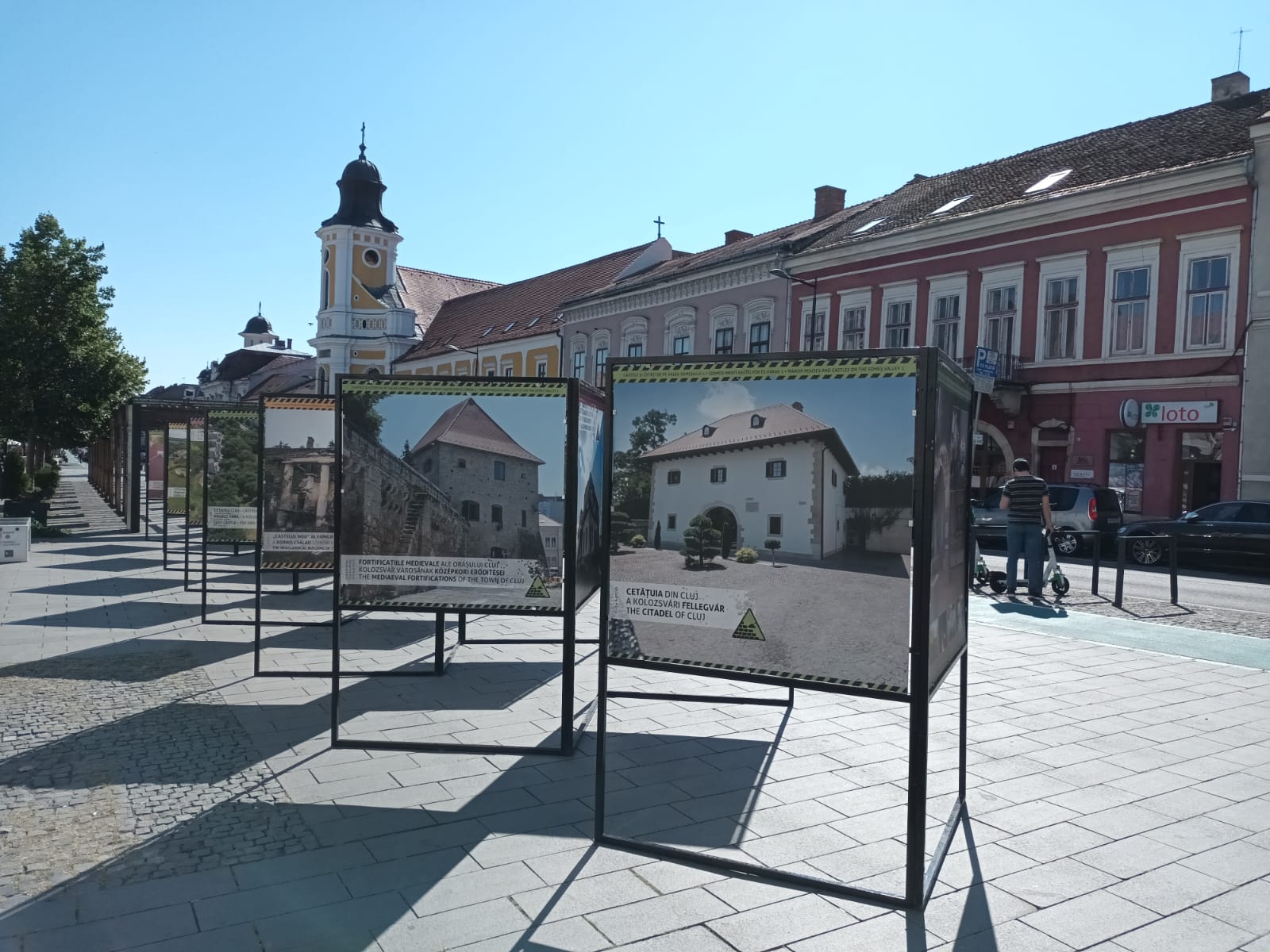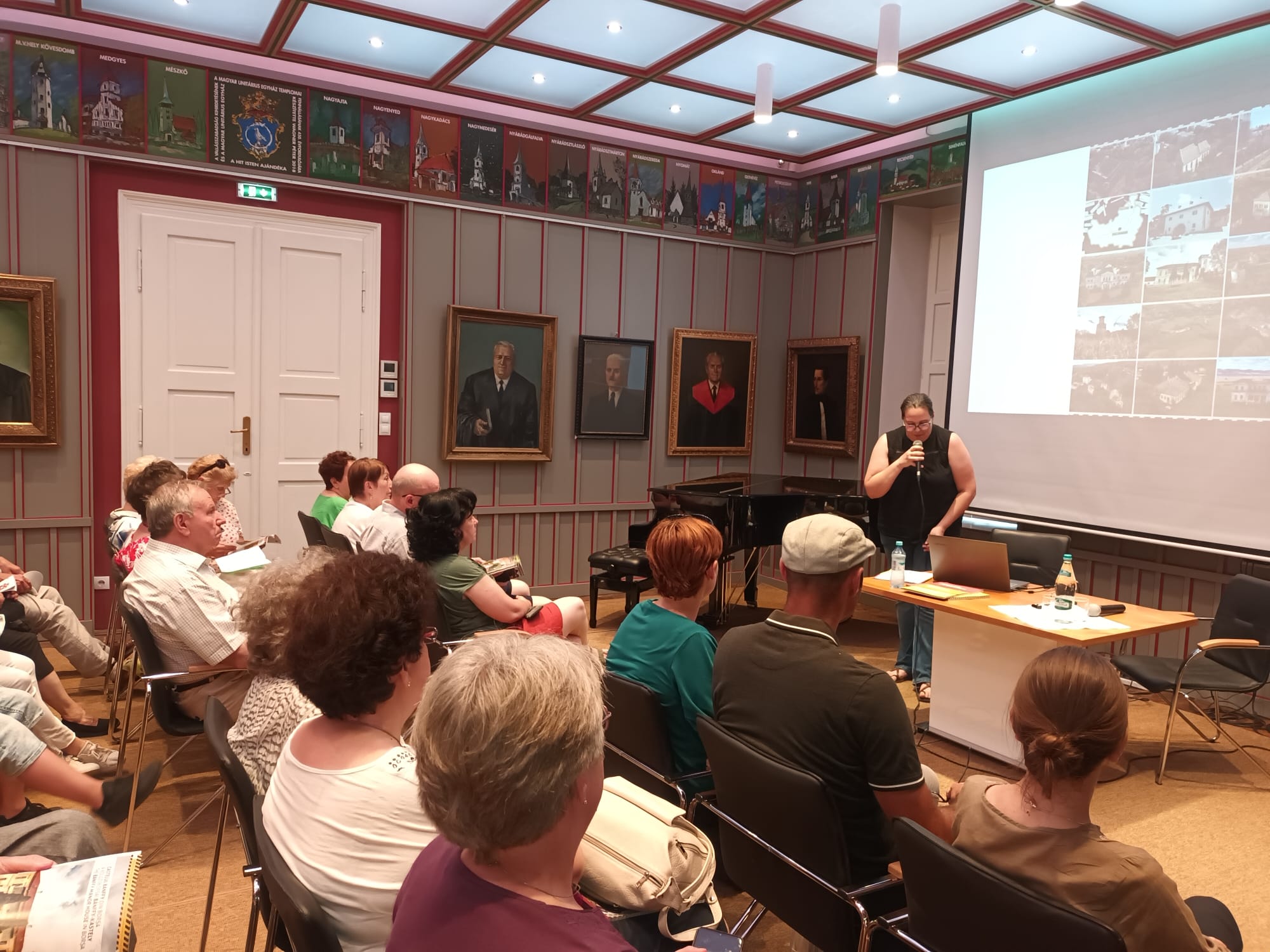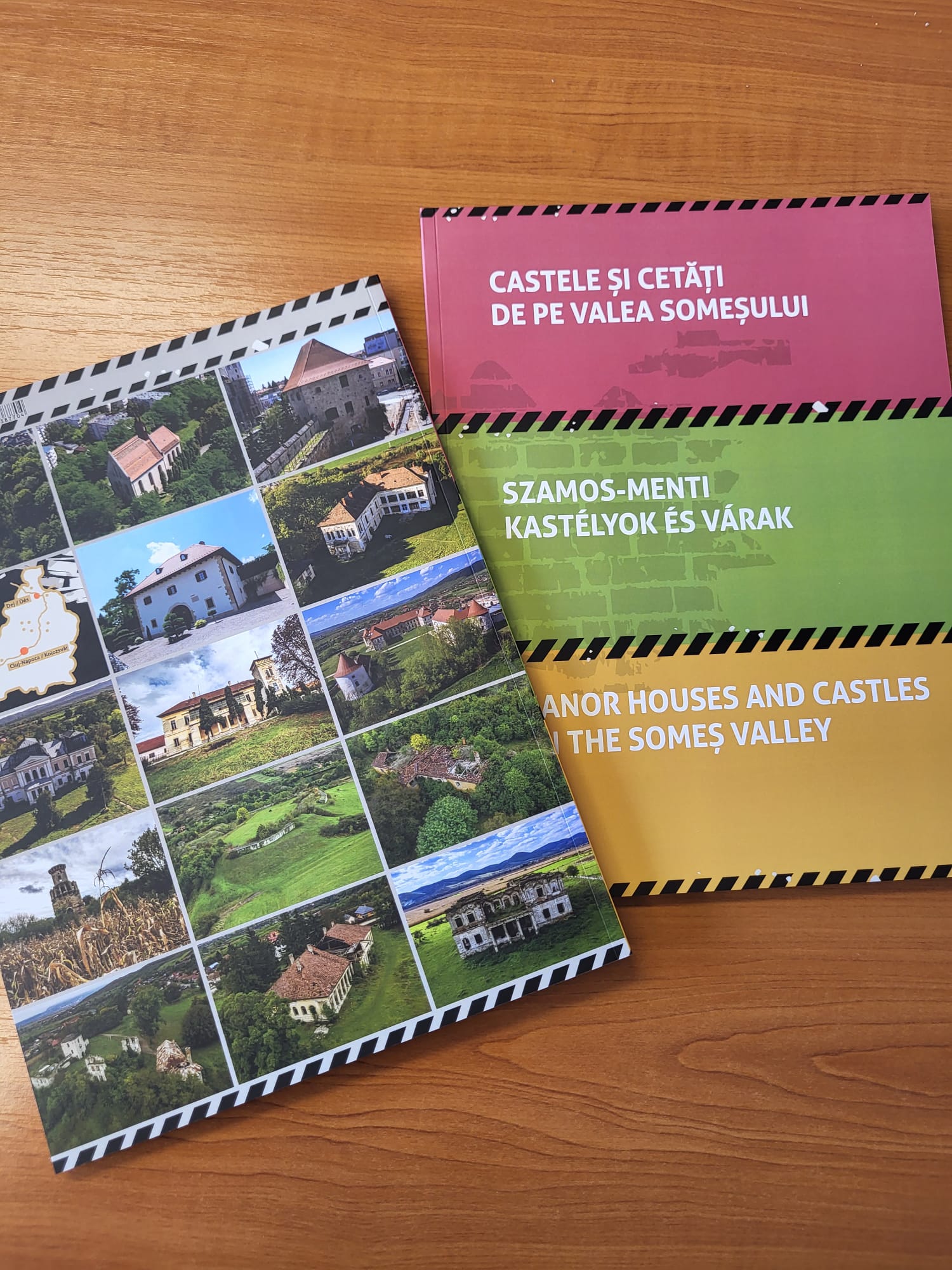Manor Houses and Castles on the Someș Valley – Promoting the Cultural Heritage of Cluj
The goal of our project, “Manor Houses and Castles on the Someș Valley – Promoting the Cultural Heritage of Cluj”, is to draw the attention of the community, the decision-makers, civil society and its leaders to the built heritage of the region and its potential. In 2021, we began examining the historic monuments found along the Someșul Mic River, conducting art historical research on eleven castles and manor houses. The results were presented to the public via a panel exhibition.

During our current programme, we expanded our research and exhibition to include three new historic monuments from Cluj-Napoca: the Citadel of Cluj, the mediaeval fortifications of the town of Cluj and Cluj Castle – the early royal castle in Cluj-Mănăștur (Calvary Hill). In August 2023, the panel exhibition was on display for a week in the centre of Cluj-Napoca, at the outdoor exhibition space on Eroilor Boulevard. Additionally, we also organised an open lecture where art historian Zsuzsanna Eke presented the project and the buildings it focused on, while historian and university lecturer Radu Lupescu spoke about the monuments from Cluj-Napoca.

As part of the project’s activities, we have created a publication with the same title, presenting fourteen historic monuments in Cluj County, as follows: the Rákóczi-Bánffy Castle in Gilău, Cluj Castle – the early royal castle in Cluj-Mănăștur (Calvary Hill), the mediaeval fortifications of the town of Cluj, the Citadel of Cluj, the Teleki Manor House in Jucu de Sus, the Bánffy Manor House in Răscruci, the Bánffy Manor House in Borșa, the Bánffy Castle in Bonțida, the Teleki Castle Ensemble in Luna de Jos, Dăbâca Castle, the Rhédey Manor House in Dăbâca, the Kornis Castle in Mănăstirea, the neoclassical building of the Kornis Family in Mănăstirea, the Haller Manor House in Coplean. The publication can be obtained upon request from the Transylvania Trust.

Sponsors:


The creation of the publication was supported by the Cluj-Napoca City Hall and Local Council, as well as by the Hungarian Academy of Sciences.
